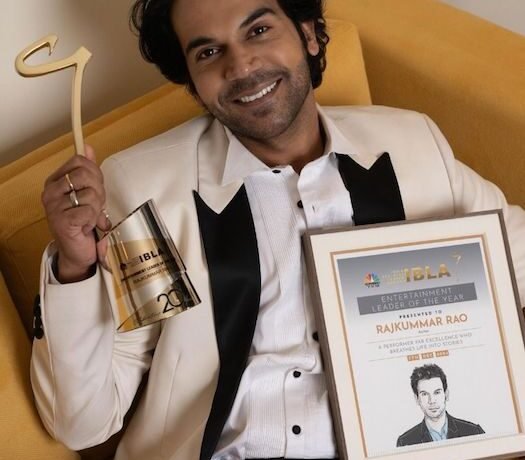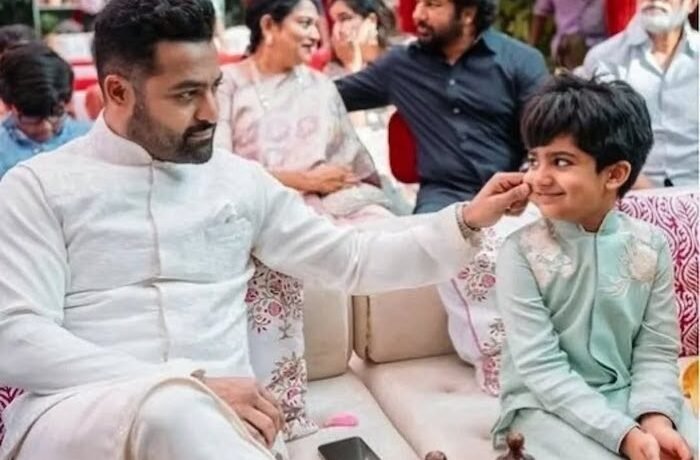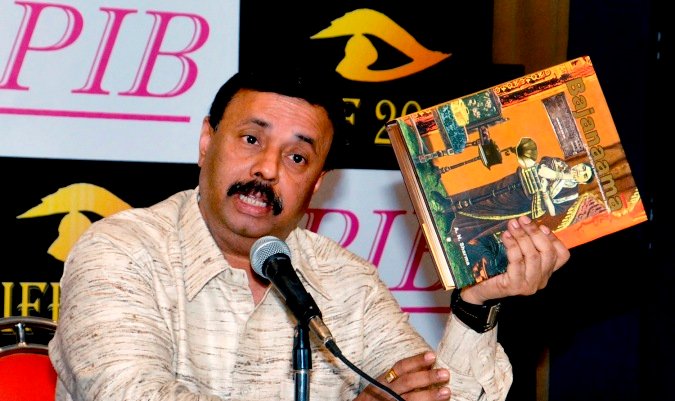“Sound is a fifty per cent partner in film” said A N Sharma, the author of an interesting masterpiece “Baajanama” which was released by Pandit Rajan Mishra and Pandit Sajan Mishra in Mumbai. Interacting with media on the sidelines of Mumbai International Film Festival 2012, Mr Sharma said his book ‘Bajanaama’ is about the first decade of commercial recordings in India.”
It was in 1902, that the first recording of Indian music was made in India by the Gramophone Company of India. The great sound expedition began with the recording of songs by Kolkata singers Shohsimukhi and Fanibala of Bengal theatre. Later, Gauhar Jaan recorded her voice in several languages. “Most of the well known singers of that time were suspicious of all things foreign and white and therefore did not oblige the recordists easily” said Mr. Sharma. The recorded music played a pioneering role in popularizing music, as it made it available to the larger audience.
Bajanaama is an honest effort to document the social and political landscape of the Indian subcontinent after the first War of Independence from British rule and just before the Delhi Durbar in 1911. At another level, the volume tries to contextualize the history of Hindustani music at a very crucial juncture.At this point the major courts of North India had disintegrated and erstwhile court musicians were forced to become itinerant musicians who occasionally managed to find favour with smaller principalities and zamindaris. This phenomenon gave rise to a new trend of mixing of elements of gharanas.
A N Sharma, a career bureaucrat and serving Customs Commissioner in Mumbai, got hooked on to this project accidentally. A chance browsing of junk in a kabadi shop some 20 years ago, turned a casual music lover to into a keen researcher and an archivist of the history of sound recording in India.










